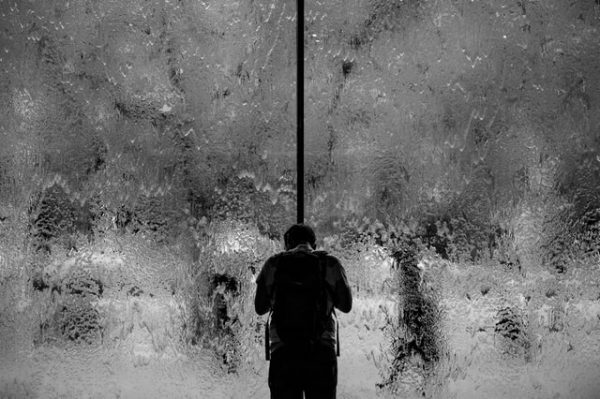
It seems as though people are usually closer to one end of the artist appreciation spectrum—you either romanticize art, even when linked to potentially problematic figures, or you consider artists to be a bunch of emotionally unstable eccentrics. But is there a reason creatives are prone to getting this bad rep compared to those more technically inclined?
The Overlap Between Sociopathy and Creativity
In 2017, A.J.R Galang published a study that examined creatively successful people and their tendency to exhibit narcissism, psychopathy, and Machiavellianistic traits. All participants were asked to answer questions in several surveys that measure creative achievement in various art fields, including the culinary arts and creative writing, and the dark personality traits, wherein he found that they were correlated to higher scores of psychopathy and narcissism.
Galang then forged another test that measured sociopathic traits into broader categories: boldness, meanness, and disinhibition. Boldness was defined by a lack of fear and stress regarding decision-making; meanness was described as aggression and a lack of empathy, and finally, disinhibition was the tendency to behave impulsively.
Again, he found a pretty clear link between these sociopathic traits and artistic inclination. For example, he discovered that architects scored highly in all of these traits, while comedians scored higher on boldness and meanness.
However, this, of course, isn’t to say that all artists are sociopaths. Still, according to Galang’s psychopath model of creativity, creative people may likely exhibit similar personality traits to sociopaths, particularly those who succeed in the field. Explore about sociopathy and its complex nature here.
Well-Known Sociopaths That Were Also Artists
The following list is made up of famous sociopaths that were also artists, but it’s important to note that they were also well-known serial killers. This is again not to suggest that artistry predisposes anyone to become violent, but these individuals’ violent acts are what thrust them into the “spotlight,” so to speak. They just happened also to create art. For those intrigued by the histories and profiles of such individuals, you can explore more about their backgrounds using this comprehensive directory.
Richard Ramirez, aka The Night Stalker
Richard Ramirez turned to art while waiting to carry out his sentence for his grisly crimes. He was charged with the murder of 13 people and sexually assaulted 11, in addition to numerous other counts of burglary and attempted murder. Much of his art was inspired by Satanist imagery, of which he was a self-proclaimed follower and was notably devoid of any empathy or remorse.
John Wayne Gacy
Another notorious sociopath was John Wayne Gacy, or The Killer Clown, who also turned to art in prison after being convicted for his crimes. The focus of his art was, of course, clowns. Gacy would actually dress up as a clown for fundraising and volunteer events, an otherwise seemingly charitable gesture if not for his vile acts.
Henry Lee Lucas
In contrast to the more colorful works of other sociopaths, Henry Lee Lucas’s work was disconcerting and commensurate with the sort of person he was. Lucas was arrested in 1983 and charged for the murder of 11 victims, but the actual number may be closer to 350.
Alfred Gaynor
Gaynor was strikingly infatuated with wholesome Christian imagery in his work, but the messages of his art were a stark contrast to his real-life actions. Alfred Gaynor was convicted of murdering seven women, many of whom he found through a mutual search for illicit drugs.
Ed Gein
Ed Gein has been famously emulated in various pieces of pop culture, including Silence of The Lambs, Psycho, and Texas Chainsaw Massacre. Gein gained notoriety for his habit of
David Berkowitz aka Son of Sam
Berkowitz wasn’t much of a prolific artist; in fact, his biggest claim to fame was his ability to outrun the authorities for months. He claimed to believe that his neighbor’s dog Sam was ordering him to carry out his killing, but was later proven o be an elaborate lie. His art, however, is minimalistic but at the same reflects the disturbing parts of his psyche.





